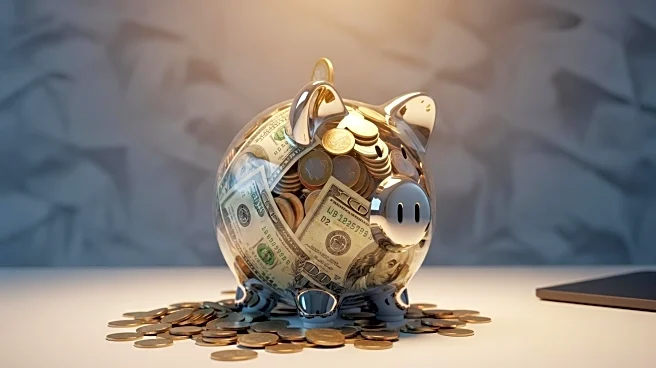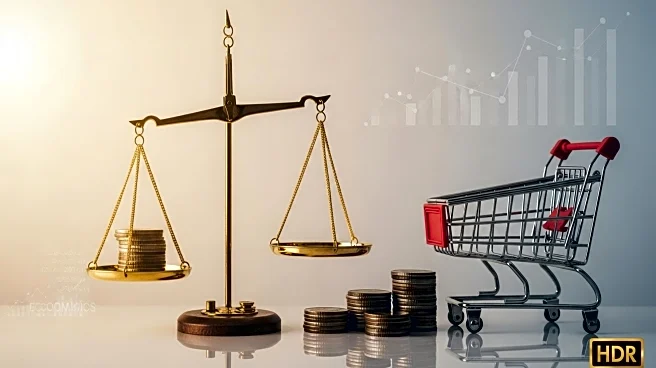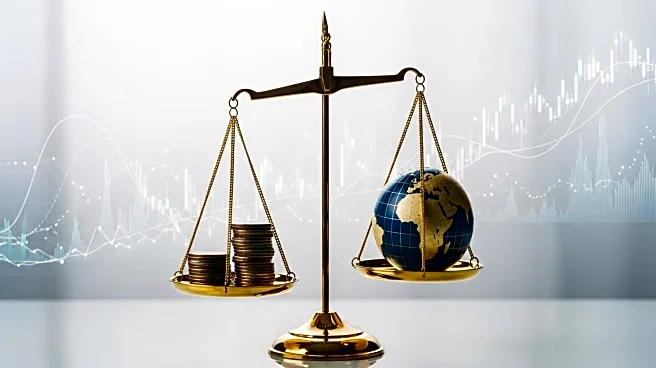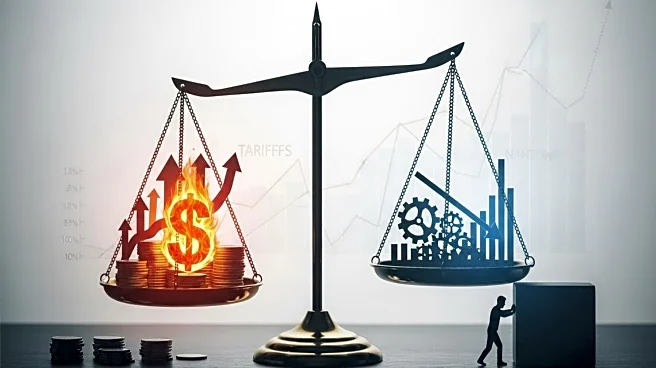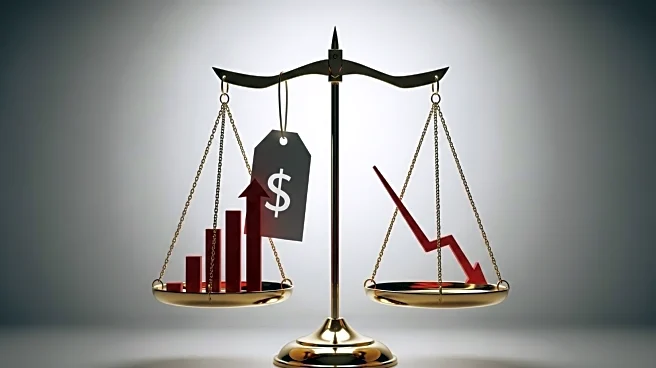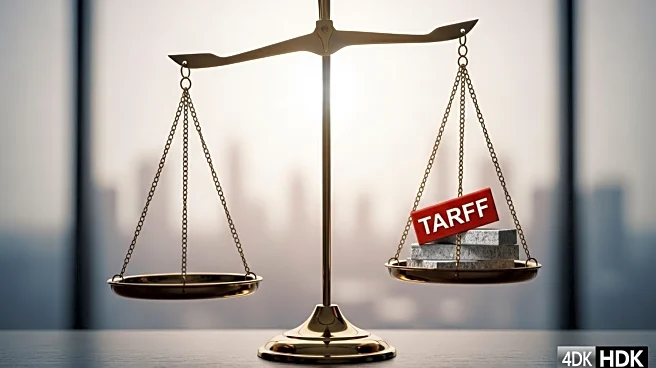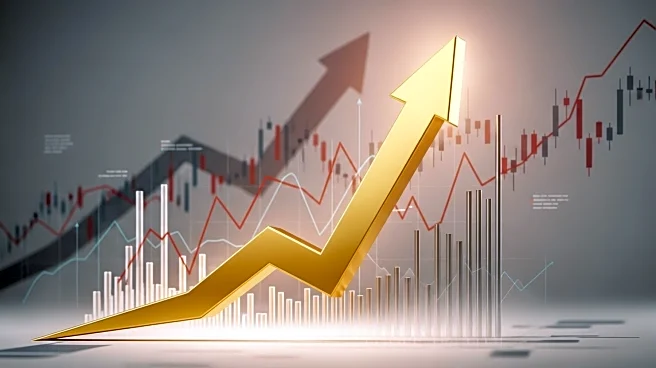What's Happening?
According to the U.S. Bureau of Economic Analysis, personal income in the U.S. increased by $112.3 billion, or 0.4%, in July 2025. Disposable personal income rose by $93.9 billion, while personal consumption expenditures increased by $108.9 billion. The increase in personal income primarily reflects higher compensation, with wages and salaries contributing significantly. The personal saving rate was 4.4%, with personal saving totaling $985.6 billion.
Why It's Important?
The rise in personal income and outlays indicates positive economic activity and consumer confidence. Increased compensation suggests a strengthening labor market, which can lead to higher consumer spending and economic growth. The data provides insights into the health of the U.S. economy and can influence policy decisions by government and financial institutions. Stakeholders, including businesses and investors, may view these trends as indicators of economic stability and potential opportunities.
What's Next?
The next release of personal income and outlays data is scheduled for September 26, 2025. Continued monitoring of these metrics will be important for understanding economic trends and making informed decisions. Policymakers may use this data to assess the effectiveness of economic policies and consider adjustments to support growth and stability.
Beyond the Headlines
The increase in personal income and outlays reflects broader economic trends and the impact of government policies on consumer behavior. It highlights the importance of economic indicators in shaping public policy and business strategies. The data also underscores the interconnectedness of various economic factors, such as employment, consumer spending, and saving rates.
